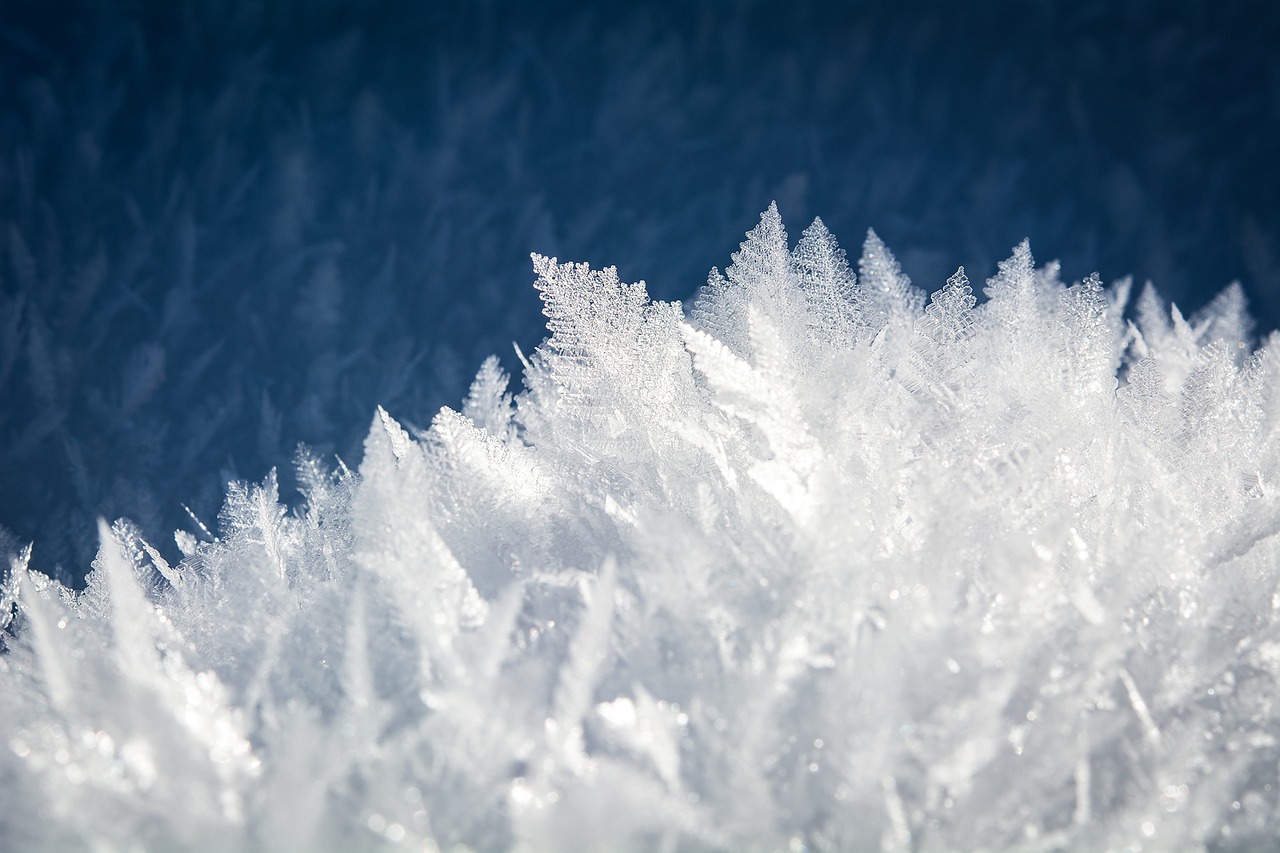It’s the beginning of October, and you walk outside and see the most beautiful leaves in the world. “Wow,” you think to yourself. Bright yellow, red, orange, cantaloupe?!? … I wonder how these leaves change into these beautiful colors! You might be thinking that leaves change over strictly because of the temperature … yes, leaves do change over because of temperature, but there are many other contributing factors!
Let’s start with the inner working of the leaves. Chlorophyll is a pigment that flows through the leaves during their development in the spring and summer, hence portraying the green color. In the fall, the leaves stop producing their own food due to chilliness in the air, so the chlorophyll breaks down within the leaves. As chlorophyll ceases to flow, the leaves turn into beautiful shades of red, orange, and yellow. Eventually, the chlorophyll disappears altogether and the leaves turn crinkly and brown, forecasting signs of winter coming.
There’s another change that takes place within a leaf as well. This change happens when a special layer of cells forms and cuts through the tissues that support the leaf staying on the tree. The tree seals the cut made by the cell growth layer. When a leaf is blown off a tree by wind or naturally, it leaves behind a leaf scar.
What you may not realize is that weather also affects color intensity in leaves. If the temperature is above freezing outside, the leaves will have a bright intensity, say, a bright red leaf on a maple tree. If there is an early frost, however, the leaf colors won’t be as vibrant. Cloudy and rainy days tend to brighten up fall leaf colors as well. All of this is due to a special chemical reaction inside the leaf, called anthocyanin.
Leaves also sense each day becoming shorter at the end of the summer. This signals to the leaves that they should begin the process to become dormant for the winter. You might not believe that the Winter, Spring, and Summer can have effects on the fall leaves, but believe it or not, they do. The weather year-round can also have major impacts on leaf colors. For example, in Spring 2020, we had a pretty wet season. However, this summer, July and August were dry. Thus, the leaves were more vibrant than they have been in years. When you next take a stroll around your neighborhood or community, enjoy yourself – take in the color and beauty of fall – look around at the vibrancy of color, jump into that pile of leaves, and think to yourself, Wow, the chlorophyll is disappearing from that leaf, or, That leaf’s cell layer is broken. You may not realize it, but leaves are constantly changing when you look at them. Happy Fall!



